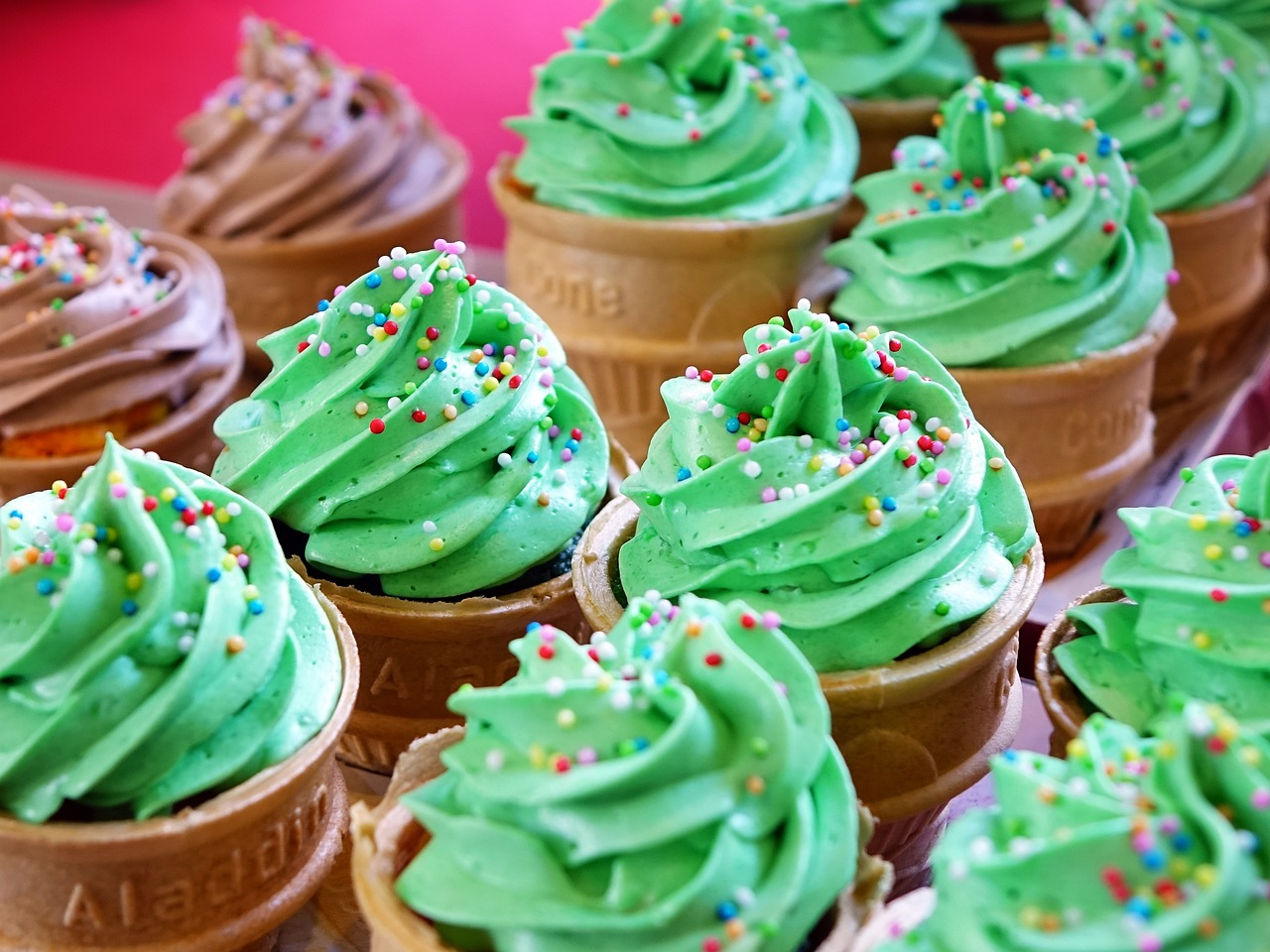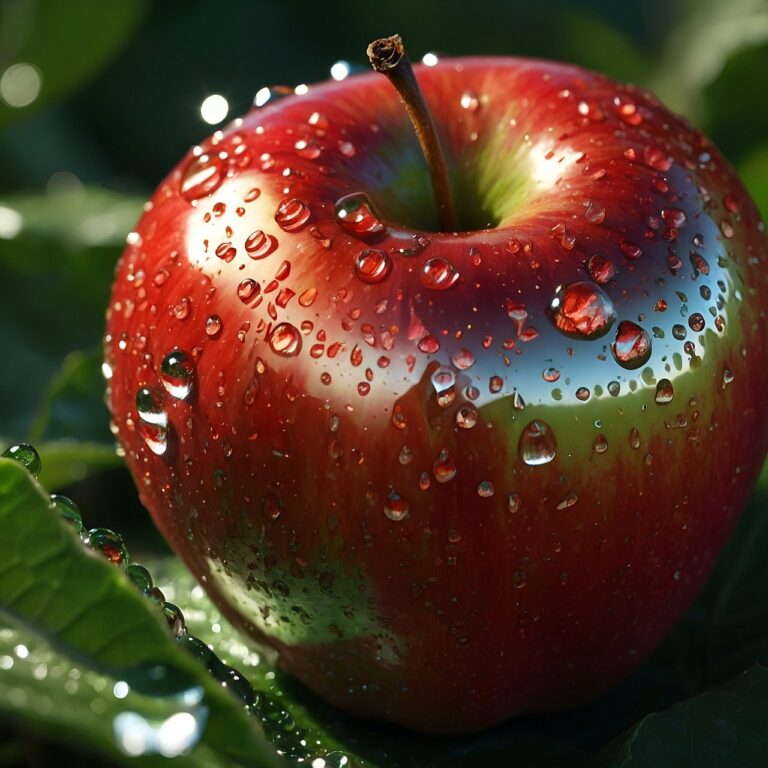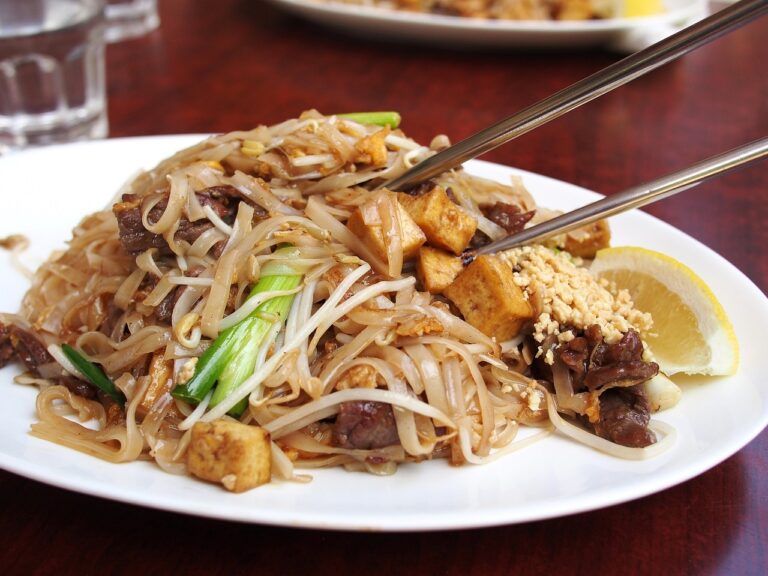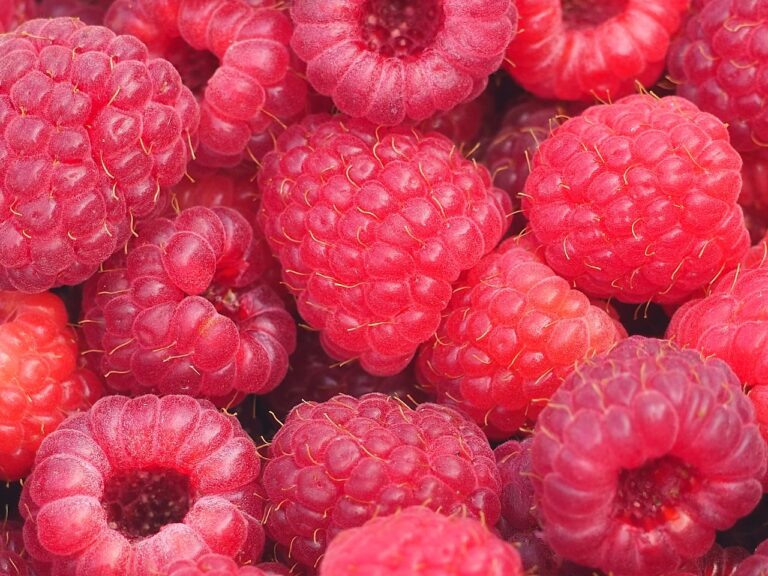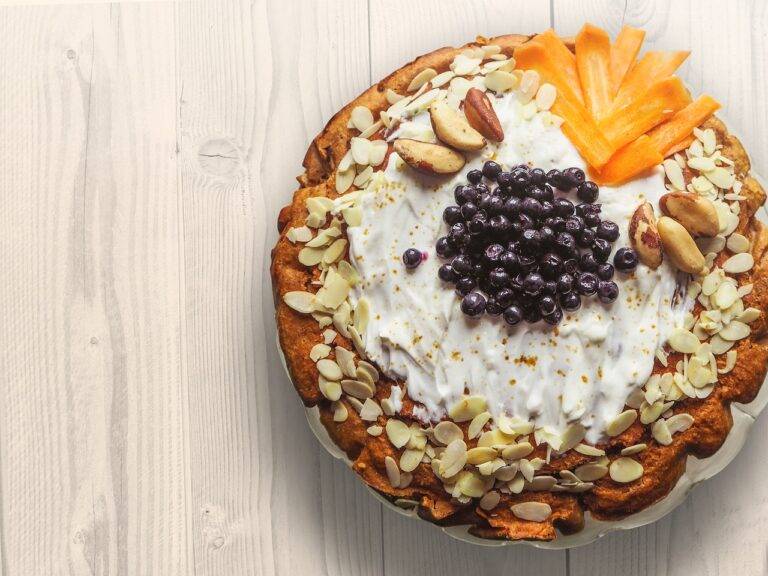The Art of Food Styling: Techniques for Photography and Presentation
When it comes to food styling, one of the key elements to keep in mind is the presentation of the dish. This includes arranging the food in an appealing way that highlights its best features and creates visual interest for the viewer. Pay attention to the colors, shapes, and sizes of the elements on the plate to ensure a balanced composition that is pleasing to the eye.
Another important aspect of food styling is paying attention to the details. This includes considering the lighting, angles, and focal points of the photograph to create a visually striking image. Take the time to experiment with different setups and perspectives to find the most flattering way to showcase the food.
Choosing the Right Props and Backgrounds
When selecting props for food styling, it’s important to consider the overall theme and aesthetic you want to convey. Opt for items that complement the colors and textures of the dish, while also adding visual interest. Props like rustic wooden boards, vintage utensils, or colorful napkins can enhance the presentation of the food and create a cohesive look.
In addition to props, choosing the right background is crucial in food styling. The background should not overpower the dish but rather serve as a subtle backdrop that enhances the overall composition. Consider using surfaces like marble, slate, or simple neutral-colored plates to let the food be the focal point of the image. Experiment with different backgrounds to find the perfect balance that highlights the beauty of the dish.
Rustic wooden boards
Vintage utensils
Colorful napkins
Choosing the right background:
Marble surfaces
Slate backgrounds
Simple neutral-colored plates
Experiment with different backgrounds to find the perfect balance that highlights the beauty of the dish.
Playing with Colors and Textures
When it comes to food styling, incorporating a variety of colors and textures can make a dish stand out and be visually appealing. Bold and vibrant colors can evoke certain emotions and enhance the overall composition of the plate. By carefully selecting a color palette that complements the food being presented, you can create a visually striking arrangement that catches the eye of the viewer.
Textures play a crucial role in adding depth and interest to a dish. Mixing different textures, such as smooth and crunchy or soft and crispy, can create a more dynamic visual experience. Adding elements like drizzles, sprinkles, or garnishes can further enhance the texture of the dish and contribute to its overall aesthetic appeal. Ultimately, playing with colors and textures allows you to not only showcase the beauty of the food but also to create a sensory experience that adds another dimension to the dining experience.
What are the key elements of food styling?
The key elements of food styling include presentation, composition, lighting, colors, and textures.
How can I choose the right props and backgrounds for my food photos?
When choosing props and backgrounds for your food photos, consider the overall theme and style you want to convey. Select props that complement the dish and enhance its presentation, and choose backgrounds that provide a visually appealing backdrop without overpowering the food.
How can I play with colors and textures in my food styling?
You can play with colors and textures in your food styling by incorporating a variety of ingredients with different colors and textures in the dish. Additionally, you can use props and backgrounds with contrasting colors and textures to create visual interest and depth in your photos.

